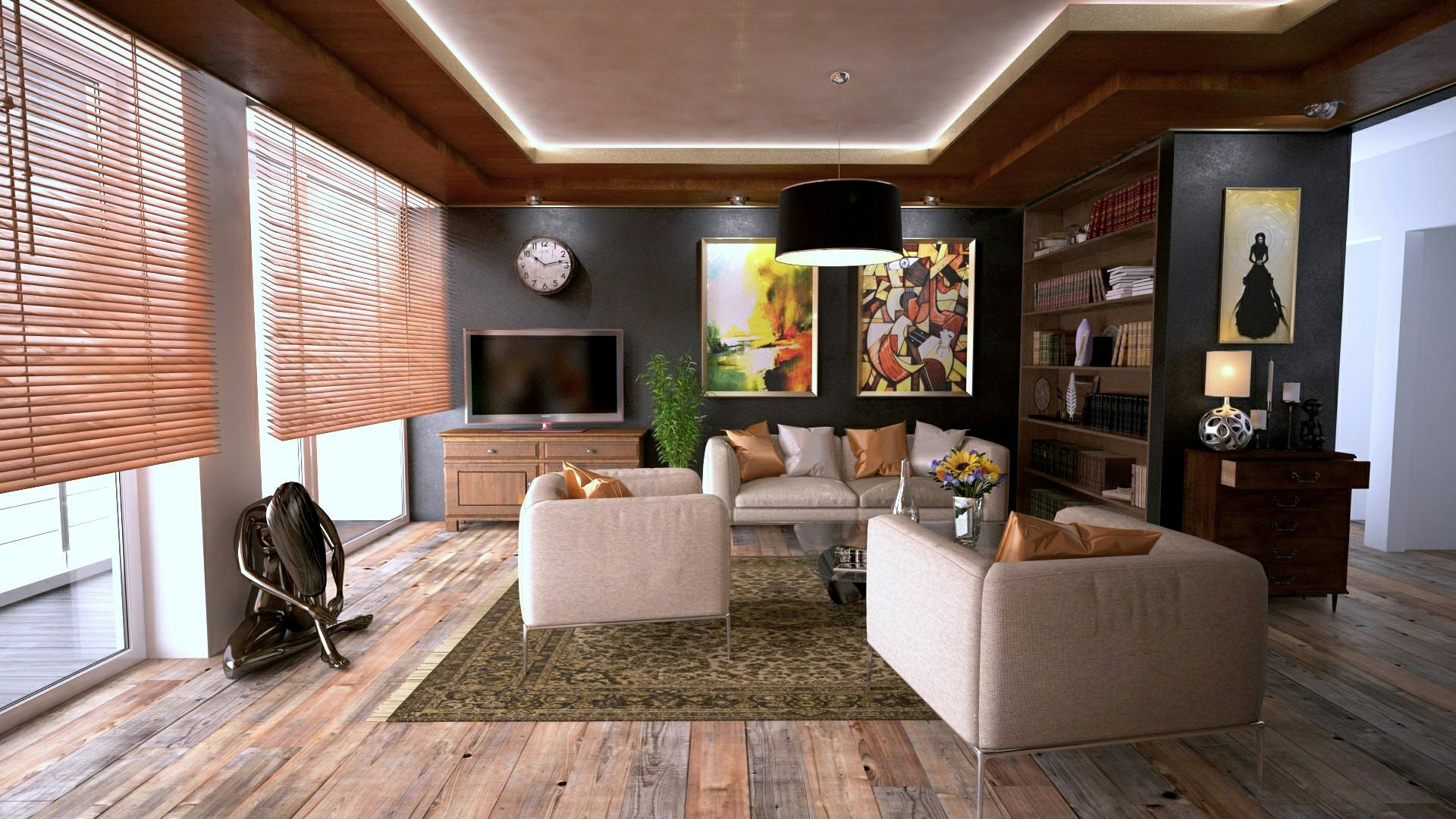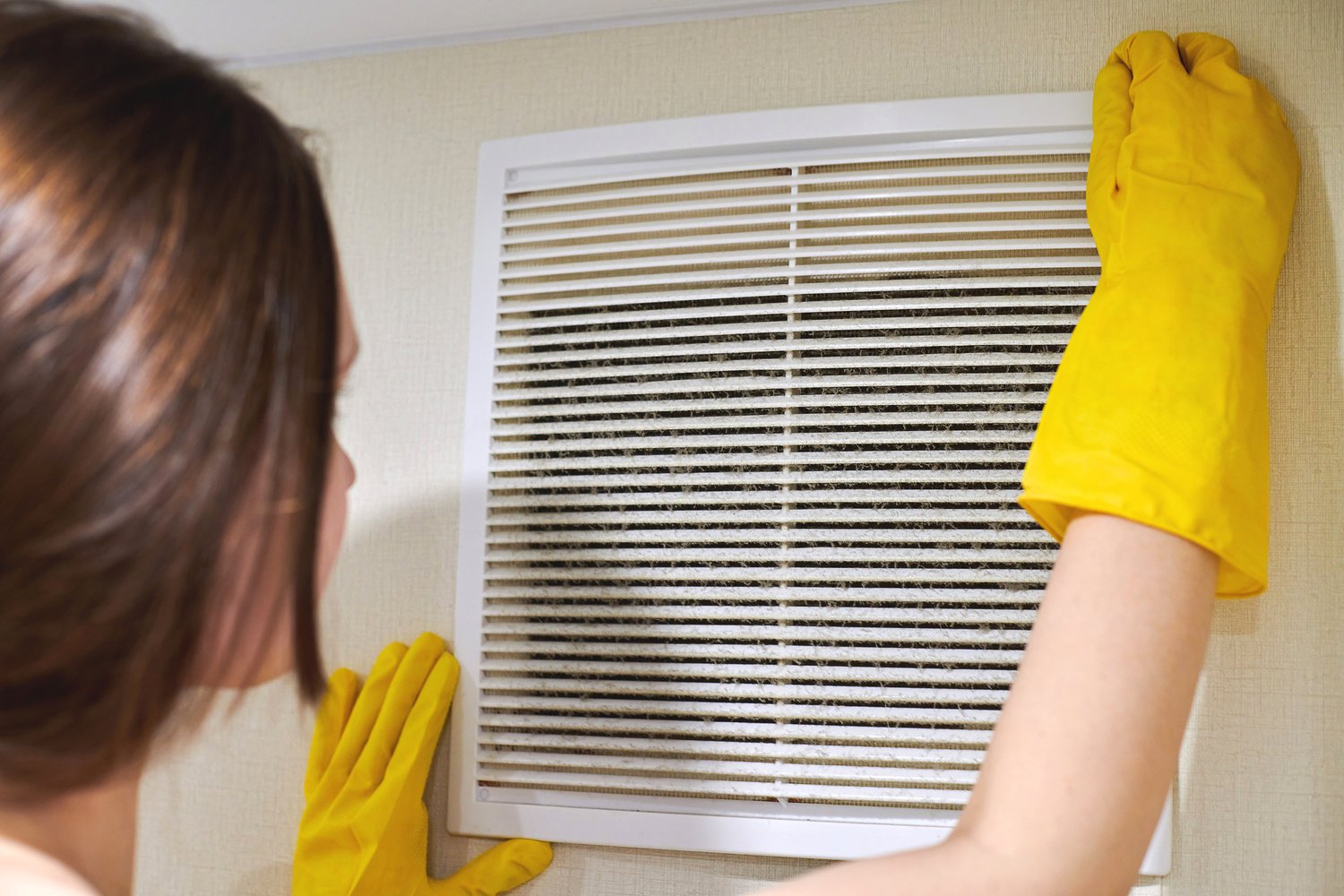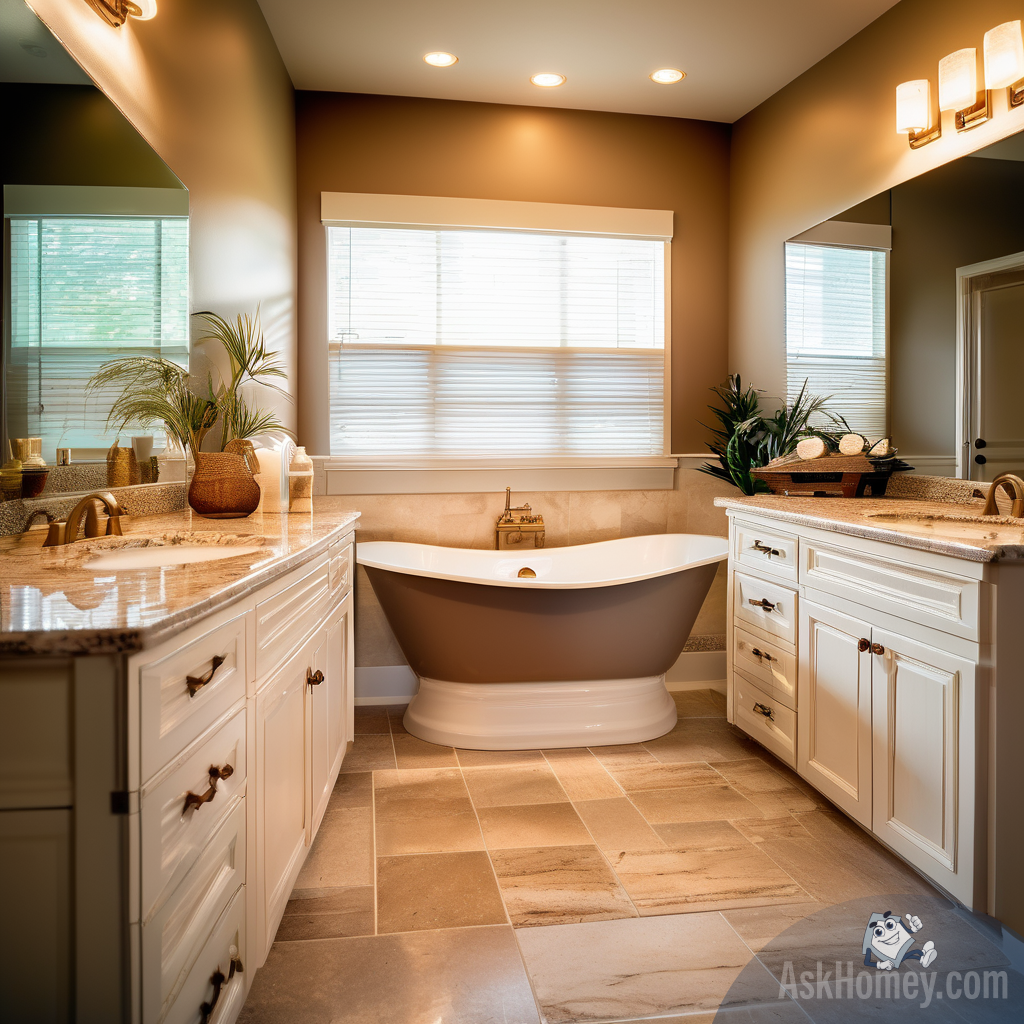The flooring we choose has significant implications for both our homes and the environment. As eco-conscious homeowners increasingly seek sustainable alternatives to conventional flooring, three options consistently rise to the top: bamboo, cork, and reclaimed hardwood. Each of these green building materials offers unique benefits and considerations when it comes to environmental impact, performance, and aesthetics. This comprehensive sustainable flooring comparison explores how these eco-friendly flooring options stack up against one another to help you make an informed decision for your home renovation project.
Understanding Sustainability Credentials
When evaluating sustainable flooring options, we must consider the entire lifecycle of the material. Bamboo has gained popularity as a rapidly renewable resource that reaches maturity in just 3-5 years, compared to hardwoods that can take decades. Its quick growth cycle makes bamboo a highly sustainable choice among green building materials for floors. However, not all bamboo flooring is created equal—some manufacturers use adhesives containing formaldehyde and other harmful chemicals, potentially offsetting the environmental benefits.
Cork flooring presents another compelling eco-friendly option. Harvested from the bark of cork oak trees without harming the tree itself, cork represents truly renewable material. The trees continue growing and producing bark, which can be harvested every 9-12 years. This sustainable harvesting process coupled with cork’s biodegradability at the end of its lifecycle makes it an environmentally responsible choice.
Reclaimed hardwood offers perhaps the most impressive sustainability story. The reclaimed hardwood benefits are substantial—by repurposing existing wood from old buildings, barns, and factories, this flooring option demands no new tree harvesting. Each plank carries history and character while preventing waste from entering landfills. Furthermore, older-growth timber often possesses superior density and stability compared to newer wood, due to its slower growth in less disturbed forests of the past.
Durability and Performance Considerations
A comprehensive bamboo vs cork flooring pros cons analysis must address longevity. Bamboo flooring typically lasts 20-25 years with proper care. Strand-woven bamboo varieties offer exceptional hardness—often exceeding traditional hardwoods on the Janka hardness scale—making them resistant to dents and scratches. However, bamboo can be vulnerable to humidity fluctuations, potentially leading to warping in environments with unstable moisture levels.
Cork provides a uniquely resilient surface that springs back from pressure, making it comfortable underfoot and resistant to impact damage. Its cellular structure contains suberin, a natural compound that repels insects, mold, and mildew. Cork flooring generally lasts 15-25 years, though it requires resealing every few years to maintain water resistance. One downside: cork can be susceptible to tearing from sharp objects or heavy furniture without proper precautions.
Reclaimed hardwood often outperforms new materials in durability, with potential lifespans exceeding 100 years. The dense grain patterns of old-growth timber contribute to exceptional stability and resistance to wear. However, the availability of matching planks for future repairs may present challenges, as each batch of reclaimed wood possesses unique characteristics.
Aesthetic Appeal and Design Versatility
Bamboo flooring offers a contemporary, clean aesthetic that works well in modern interiors. Available in natural blonde tones or darker caramelized finishes, bamboo provides consistency in color and grain patterns. While beautiful, it lacks the character marks and variation that some homeowners seek in natural flooring.
Cork presents a distinctive appearance unlike any other eco-friendly flooring option. Its warm, textured surface adds visual interest and comes in numerous colors and patterns. The material’s unique cellular structure creates a variegated appearance that helps hide minor damage while adding warmth to any space.
Reclaimed hardwood delivers unmatched character with natural patina, saw marks, nail holes, and color variations that tell a story. These distinctive qualities create instant authenticity that new materials simply cannot replicate. Each installation becomes completely unique, appealing to those seeking rustic charm or historical connection. You can find professional installers familiar with handling these specialty materials through platforms like AskHomey, which connects homeowners with experienced flooring contractors.
Cost and Installation Considerations
In terms of initial investment, bamboo typically ranges from $5-$8 per square foot installed, positioning it as a mid-range sustainable flooring option. Cork falls in a similar range at $5-$10 per square foot installed, with premium options commanding higher prices. Reclaimed hardwood generally represents the highest investment among these eco-friendly flooring options, with costs ranging from $12-$20 per square foot installed, reflecting the labor-intensive reclamation process and limited supply.
Installation complexity varies across these green building materials. Bamboo and cork often come in engineered click-lock systems suitable for DIY installation, though cork requires careful acclimation to prevent future problems. Reclaimed hardwood typically demands professional installation due to the specialized knowledge required to work with varied plank dimensions and characteristics.
Maintenance Requirements and Longevity
All three sustainable flooring options require proper maintenance to maximize their lifespan. Bamboo needs regular sweeping and occasional damp mopping, avoiding excessive moisture. Cork requires similar care plus periodic resealing every 3-5 years to maintain water resistance. Reclaimed hardwood typically follows traditional hardwood maintenance protocols, though the existing patina often makes it more forgiving of minor wear than new wood floors.
When choosing between these eco-friendly flooring options, consider your lifestyle, aesthetic preferences, and environmental priorities. Each material offers a unique combination of sustainability credentials, performance characteristics, and visual appeal to enhance your home while reducing environmental impact.
For more tips and to connect with reliable home service professionals, follow AskHomey on Facebook and Instagram.



